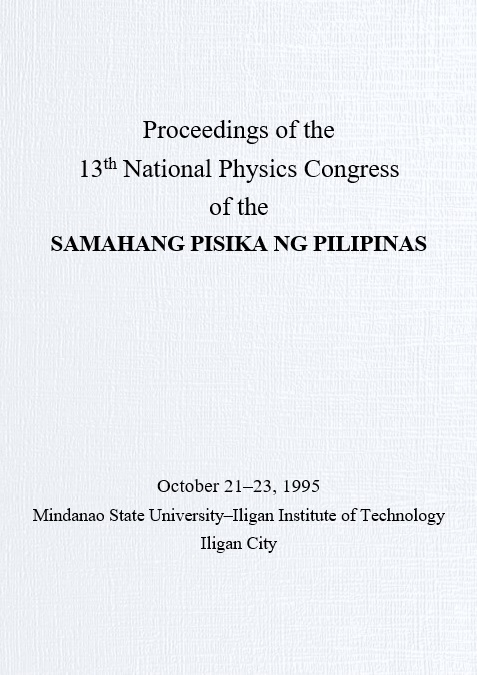Crossing-based spectrum analysis in biological neural network models
Abstract
We look into the application of the neural network to the processing of floating-point numbers. The goal of this research is two-fold: 1) to investigate the trainabillty of neural networks for crossing-based signal analysis, and 2) to examine the generalization capability of such neural networks. The former entails the minimization of a cost function during the training phase and is a direct measure of the network's memory recall ability. The issue of geralization, on the other hand, is of primary concern for practical applications. Generalization is the ability of a trained network to implement the set of mapping rules governing a given class represented by the training set. This is manifested in networks that yield acceptable results when new instances of inputs are dealt with.
For crossing-based signal analysis, generalization implies realizing a sinusoid crossing detector and learning the rules and properties of the Fourier transform. In this work, we use two models of neural networks that are based on biological representations. Representing the problem and placing it in the perspective of how actual biological neural networks function is an important and difficult task. For the sinusoidal-crossing detector, a feedforward net with a diffusion-limited aggregate (DLA)-like architecture is developed.
Downloads
Issue
21-23 October 1995, Mindanao State University–Iligan Institute of Technology, Iligan City











